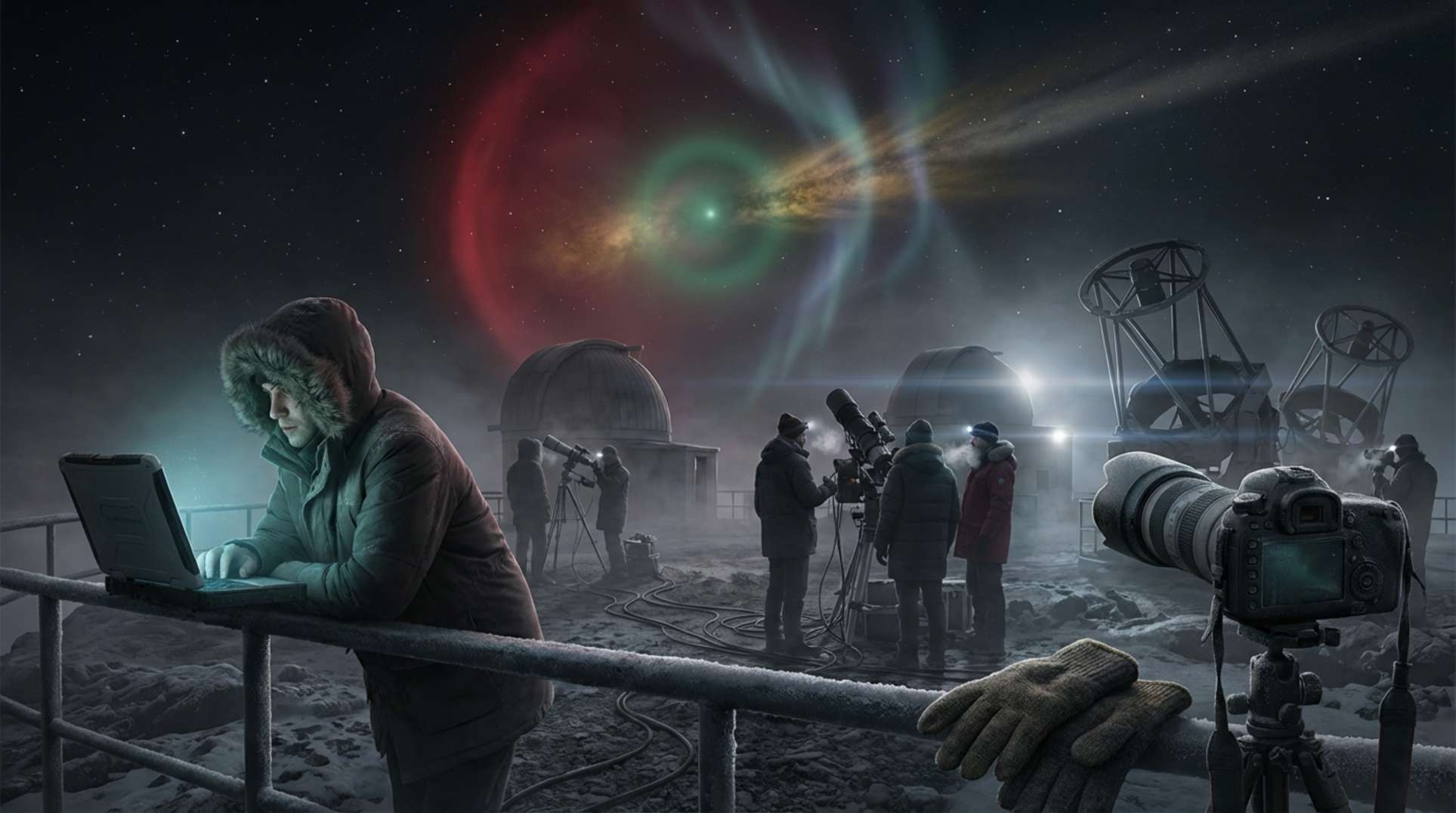The concept of the Golden Age of Saturn symbolizes a time of peace, prosperity, and harmony before the advent of agriculture, war, and civilization. This era, often depicted in ancient Greek and Roman literature, reflects humanity’s longing for a simpler, more harmonious existence.
Key Takeaways
- The Golden Age represents an idealized past of peace and abundance.
- Hesiod and Virgil are key figures in the exploration of this theme.
- The narrative of decline from this golden era resonates through various literary works.
The Origins of the Golden Age
The Golden Age of Saturn is rooted in ancient mythology. It is said that during this time, men were made of gold, living in harmony without the burdens of toil and suffering. This idyllic period is often contrasted with the subsequent ages of silver, bronze, and iron, each representing a decline in human virtue and happiness.
Hesiod’s Vision
Hesiod, one of the most esteemed poets of Ancient Greece, provides our earliest and most vivid depictions of the Golden Age in his works, particularly in "Works and Days". He describes a time when:
- Mortal men lived like gods without sorrow or toil.
- The earth produced abundantly without cultivation.
- This generation was honored as pure spirits after death, serving as guardians of humanity.
Hesiod’s portrayal reflects the values of ancient Greek society, emphasizing harmony and a connection with nature. His narrative sets the stage for the exploration of this theme in later literature.
Virgil’s Pastoral Poetry
Fast forward to the Augustan age, where Virgil, in his Fourth Eclogue, offers a vision of cyclical time and the promise of a restored Golden Age. He writes:
- A divine child will reign, bringing an end to the iron race and restoring peace.
- Nature will flourish, producing abundant crops and flowers without cultivation.
- The world will be free from alarm, and harmony will reign once more.
Virgil’s work can be seen as both a reflection of his time and a prophetic vision, aligning with Emperor Augustus’ efforts to promote a new era of peace and prosperity.
The Decline of Virtue
The narrative of the Golden Age often includes a lamentation of humanity’s decline. As Hesiod describes, each subsequent generation becomes less noble:
- Silver Age: Characterized by foolishness and a lack of reverence for the gods.
- Bronze Age: Marked by violence and a love for war.
- Heroic Age: A noble but tragic era, where heroes meet their demise in battle.
- Iron Age: The current age, filled with strife, dishonor, and moral decay.
This decline resonates deeply in classical literature, reflecting a collective yearning for a return to the simplicity and virtue of the Golden Age.
The Utopian Vision
The Golden Age is not merely a nostalgic longing; it embodies ideals of equality and communal ownership. Authors like Ovid and Pompeius Trogus echo this sentiment:
- Ovid describes a time when men acted righteously without laws or punishment.
- Trogus portrays Saturn as a just ruler, where no one was a servant, and all possessions were shared.
These visions highlight a Roman admiration for justice and harmony, contrasting sharply with the complexities of their own society.
The Astrological Perspective
In the Middle Ages, the concept of the Golden Age evolved. Firmicus Maternus‘s Thema Mundi presents a structured astrological narrative, attributing the rise and fall of civilizations to planetary influences. This perspective emphasizes:
- The rulership of Saturn during uncivilized times.
- The transition to Jupiter for a more cultivated existence.
- The eventual decline into chaos under Mercury.
This astrological framework offers a rational approach to understanding human development, moving away from purely mythological narratives.
The Christian Reinterpretation
The Golden Age of Saturn also found new meaning in Christian thought. The narrative of a lost paradise parallels the Biblical story of Eden. The journey from innocence to a prophesied future of peace reflects a thematic continuum:
- Paradise Lost: The ideal state of harmony and abundance.
- Paradise Regained: The anticipated return to a state of grace and peace.
This connection underscores the enduring relevance of the Golden Age motif across cultures and epochs.
Conclusion
The Golden Age of Saturn serves as a powerful symbol of humanity’s longing for a simpler, more harmonious existence. Through the works of Hesiod, Virgil, and others, we see a rich tapestry of ideals that reflect our deepest values and aspirations. Whether viewed through the lens of mythology, literature, or astrology, the Golden Age remains a poignant reminder of what once was and what could be again.




